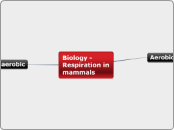por Tim Soares 4 anos atrás
599
Waves
Mechanical waves can be classified into longitudinal and transverse types, each with distinct particle movements. Longitudinal waves involve particles moving parallel to the energy flow, creating compressions and rarefactions.









